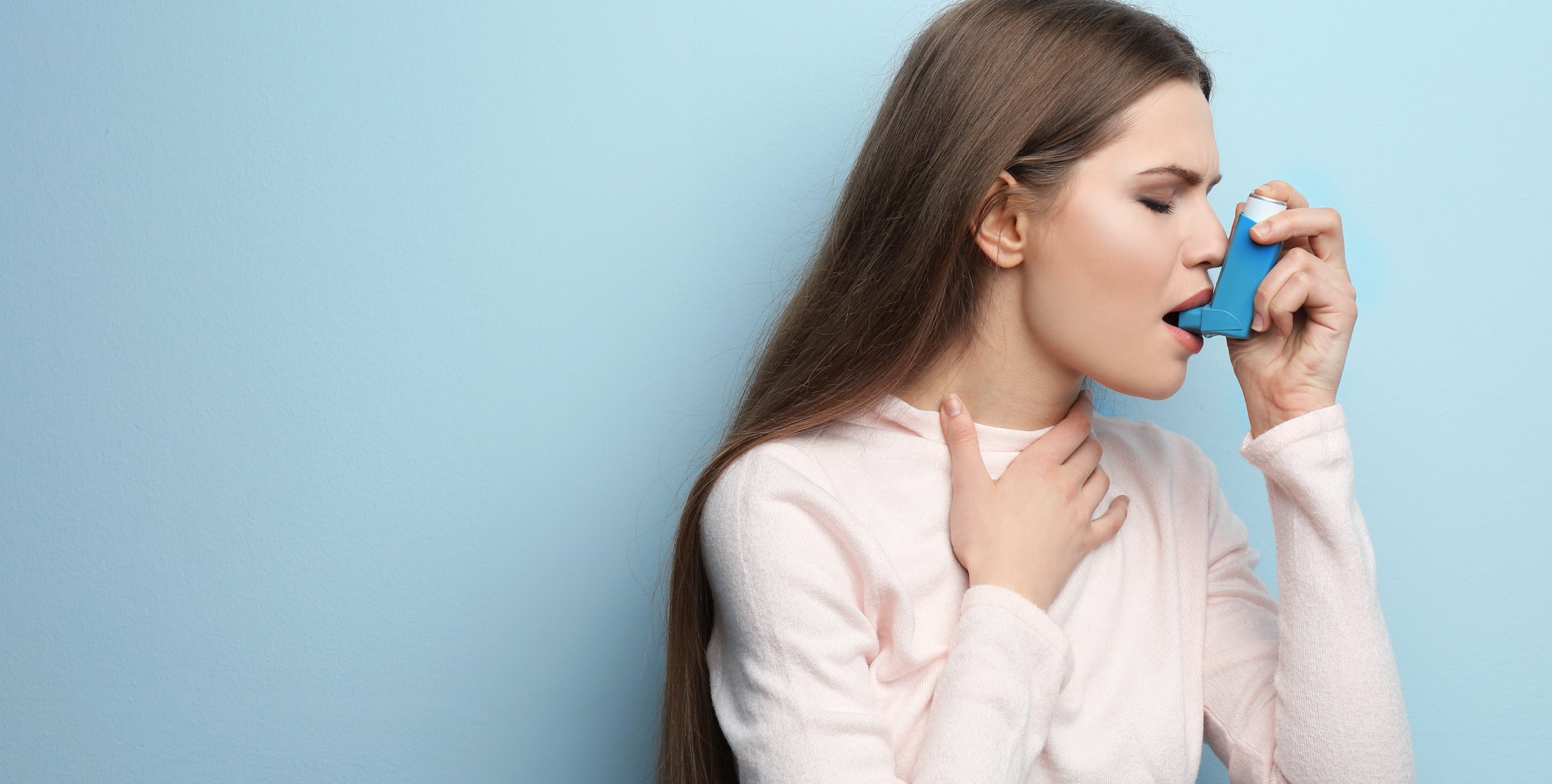
18 Dec Types of Asthma: Symptoms, Causes & Prevention
Every school class has a kid that has to carry a puffer around with them at all times. We all remember that kid. Some of us were that kid. But what a lot of people don’t know, is that asthma can develop at any stage of life. Adult onset asthma, exercise induced asthma, allergic asthma… about 1 in 9 Aussies will have asthma in their lifetime. There’s a lot of information out there about the symptoms, causes and preventions of asthma, so we’ve summed it up neatly for you.
What is asthma?
Asthma is a medical condition that affects the airways (the tubes carrying air in and out of the lungs). During an asthma flare-up, it can be like trying to draw air through a thin straw.
Symptoms of asthma:
- Wheezing
- Trouble getting a deep breath in or out
- A constricted feeling in the airways
- A feeling of tightness in the chest
- Being short of breath
- Coughing
However, not all of these symptoms need to be present.
Causes of asthma:
Asthma can be triggered by a number of different things, and it can be different for every person. Some triggers include: particular foods, cigarette smoke, pollen, exercise (e.g. increased heart rate), cold and flu, perfumes, and weather.
Asthma prevention/treatment:
Depending on the type of asthma, there are various plans that can help. Asthma can be allergic (e.g. triggered by pollen, cigarette smoke, etc) or non-allergic asthma (triggered by exercise, cold air, etc) so it’s best to before work out a prevention or treatment plan with your GP, depending on what sort of asthma you are experiencing.
- Have a plan
It is essential to work with your GP or medical professional on an asthma plan, even if your symptoms are well controlled. Doctors can prescribe preventative medication if required, and the best plan for a flare-up.
2. Ventolin
In Australia, Ventolin inhalers can be obtained over the counter at most chemists and pharmacies. If you experience asthma symptoms, it’s a good idea to have an easily accessible inhaler or two nearby, whether that’s carrying one in your desk drawer, or handbag, or your car, or your bedside table… or even better, all of the above!
3. Salt therapy
A helpful preventative can be regular salt therapy. Salt therapy involves sitting in a comfortable chair, in a calming room, breathing in the pharmaceutical grade salt that is pumped through the air. The natural anti-inflammatory, anti-histamine and antibacterial properties of the salt can help to increase respiratory and immune function, and is completely safe for babies, kids and adults alike.
Remember, if you’re feeling wheezy, chat to your doctor and develop a plan for asthma prevention. Take care of yourself, keep an inhaler handy, and book in for some healing salt therapy sessions today.

